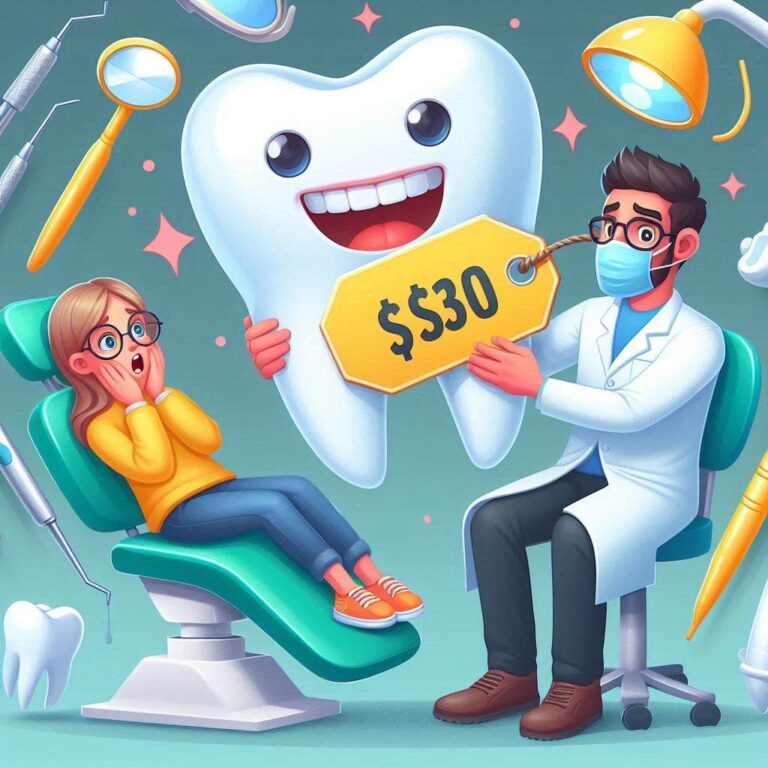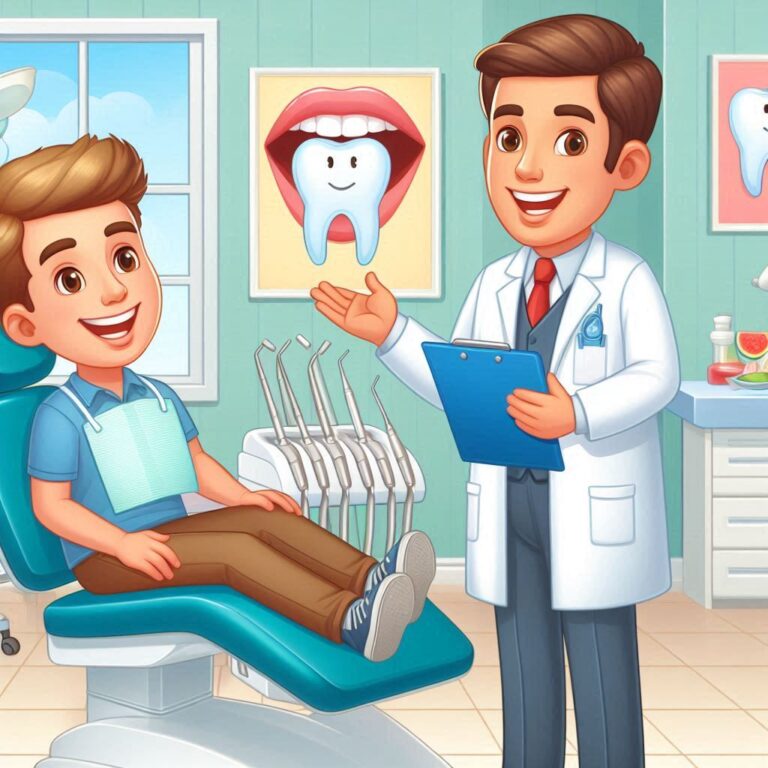Navigating the Maze: A Comprehensive Guide to impacted wisdom tooth removal cost
The wisdom teeth, also known as third molars, are the final set of teeth to erupt in the mouth, typically appearing in late adolescence or early adulthood. Unfortunately, these evolutionary leftovers often cause problems due to lack of space in the jaw. When wisdom teeth become impacted, meaning they’re trapped beneath the gum line or bone, removal becomes necessary to prevent a cascade of dental issues. But the looming question for many individuals facing impacted wisdom teeth is: how much will this procedure cost?
This comprehensive guide dives deep into the world of impacted wisdom tooth removal cost, equipping you with the knowledge to navigate the financial aspects of this essential dental procedure. We’ll explore factors influencing cost, delve into insurance coverage options, outline potential additional expenses, and provide valuable tips for managing the financial burden.

Wisdom Teeth: A Crash Course
Before delving into the cost of impacted wisdom tooth removal, let’s establish a foundational understanding of wisdom teeth and the reasons for their removal.
Wisdom teeth, remnants from our hunter-gatherer ancestors who needed more powerful jaws for tougher foods, often erupt partially or not at all in modern humans with smaller jaws. This impaction can lead to a plethora of complications, including:
- Pain and inflammation: Impacted wisdom teeth can press on surrounding nerves and tissues, causing significant discomfort and swelling.
- Infection: Trapped food particles around impacted teeth create a breeding ground for bacteria, leading to gum infections and potential jawbone infections.
- Damage to neighboring teeth: Impacted wisdom teeth can crowd and misalign existing teeth, requiring orthodontic treatment to correct.
- Cyst formation: In rare cases, impacted wisdom teeth can lead to the development of fluid-filled sacs (cysts) that damage the jawbone.
Early diagnosis and removal of impacted wisdom teeth are crucial to prevent these complications and safeguard oral health.
The Cost Conundrum: Unveiling the Factors at Play
The cost of impacted wisdom tooth removal is not a one-size-fits-all proposition. Several factors influence the final bill, making it essential to understand these variables before scheduling your procedure.
1. Impaction Severity: The degree of impaction significantly impacts the complexity and cost of the removal. Here’s a breakdown:
- Easy extractions: Fully erupted or minimally impacted wisdom teeth are relatively straightforward to remove and typically cost less.
- Moderately impacted wisdom teeth: These teeth are partially buried in the jawbone, requiring more effort and potentially additional tools for removal. Costs increase accordingly.
- Severely impacted wisdom teeth: Deeply embedded in bone or angled horizontally, these wisdom teeth necessitate a more intricate surgical approach, leading to the highest removal costs.
2. Anesthesia Type: The type of anesthesia used during the procedure significantly affects the overall cost:
- Local anesthesia: This numbs the area around the wisdom tooth, allowing you to stay awake during the extraction. It’s the most affordable option.
- Nitrous oxide (laughing gas): This mild sedative relaxes you while the local anesthesia works. It adds some cost but can enhance comfort.
- General anesthesia: This renders you completely unconscious throughout the procedure. While offering maximum comfort, it’s the most expensive anesthesia option.
3. Facility and Specialist: The location of your procedure and the expertise of the provider can influence the cost. Oral surgeons typically charge more than general dentists for wisdom tooth removal, especially complex cases.
4. Geographic Location: Costs can vary depending on the geographic location of the dental practice. Areas with a higher cost of living often have higher dental fees.
5. X-rays and Diagnostic Tests: Preoperative X-rays and other diagnostic tests are essential for treatment planning and may incur additional charges.
6. Post-Operative Care: While most costs are upfront, factor in potential post-operative medications and follow-up appointments.
Here’s a table summarizing the impact of various factors on the cost of impacted wisdom tooth removal:
| Factor | Cost Impact |
|---|---|
| Impaction Severity | Easier extractions are cheaper; complex impactions cost more. |
| Anesthesia Type | Local anesthesia is cheapest; general anesthesia is most expensive. |
| Facility and Specialist | Oral surgeons typically charge more than general dentists. |
| Geographic Location | Costs can be higher in areas with a higher cost of living. |
| X-rays and Diagnostic Tests | Add to the overall cost. |
| Post-Operative Care | Medications and follow-up appointments may incur additional charges. |
Demystifying Insurance Coverage: A Glimpse into the Policy Maze
Dental insurance plays a crucial role in mitigating the financial burden of impacted wisdom tooth removal. However, navigating insurance plans can be like traversing a labyrinth. Here’s what you need to know:
- Types of Dental Insurance
There are two primary types of dental insurance plans:
- PPO (Preferred Provider Organization): PPO plans offer a network of in-network dentists who have contracted rates with the insurance company. Using an in-network provider typically results in the highest coverage percentage for procedures like wisdom tooth removal. Out-of-network providers offer less coverage or may not cover the procedure at all.
- DHMO (Dental Health Maintenance Organization): DHMO plans require you to choose a primary dentist within the network for all your dental care needs. Referrals are usually needed for specialists, like oral surgeons, who may charge additional fees not covered by the plan.
- Understanding Your Coverage
It’s vital to understand the specifics of your dental insurance plan before scheduling your wisdom tooth removal. Here are some key factors to consider:
- Annual Maximum: This is the total amount your insurance company will pay for covered services in a year.
- Deductible: This is the amount you must pay out-of-pocket before your insurance kicks in.
- Copayment: This is a fixed dollar amount you pay for covered services at the time of service.
- Pre-authorization: Some plans require pre-authorization for certain procedures, including wisdom tooth removal. Failure to obtain pre-authorization may result in reduced coverage.
- Maximizing Coverage:
Here are some tips for maximizing your insurance coverage for impacted wisdom tooth removal:
- Consult your dentist: Discuss your insurance plan with your dentist and inquire about their in-network status with your provider. This ensures you receive the highest coverage percentage.
- Contact your insurance company: Call your insurance company and ask about coverage specifics for wisdom tooth removal. This includes understanding what’s covered, exclusions, and pre-authorization requirements.
- Schedule your procedure within your benefit period: Some insurance plans have benefit periods, often coinciding with the calendar year. Ensure your procedure is scheduled within this timeframe to maximize coverage.
By understanding your dental insurance plan and taking these proactive steps, you can significantly reduce the out-of-pocket cost of impacted wisdom tooth removal.
Beyond the Basics: Additional Expenses to Consider
While the core cost of wisdom tooth removal is significant, there are potential additional expenses to factor in:
- Pre-operative antibiotics: If you’re at risk of infection, your dentist may prescribe antibiotics before the procedure, adding to the cost.
- Pain medication: Post-operative pain medication can be an essential part of your recovery and may incur additional charges.
- Oral hygiene products: You may need special post-operative oral hygiene products, such as soft-bristled toothbrushes and medicated mouthwashes.
- Missed work or school: Depending on the complexity of the procedure and your recovery time, you may need to miss work or school, leading to lost wages or delayed schoolwork.
Understanding these potential additional expenses allows for better financial planning and budgeting for your wisdom tooth removal procedure.
Strategies for Managing the Financial Burden: Taking Control of the Costs
The cost of impacted wisdom tooth removal can be daunting, but several strategies can help you manage the financial burden:
- Shop around: Get quotes from multiple dental practices, including oral surgeons and general dentists, to compare pricing for your specific case.
- Negotiate payment plans: Many dental practices offer flexible payment plans to help spread out the cost.
- Explore financing options: Some dental practices or third-party financing companies offer financing options for dental procedures. Carefully review the terms and conditions of any financing agreement before committing.
- Consider using your Health Savings Account (HSA) or Flexible Spending Account (FSA): If you have an HSA or FSA, you can use these tax-advantaged accounts to pay for qualified dental expenses, including wisdom tooth removal.
By being proactive and exploring these strategies, you can minimize the financial impact of impacted wisdom tooth removal and prioritize your oral health.
Conclusion
Impacted wisdom tooth removal is a necessary procedure for many individuals. While the cost can be significant, understanding the factors influencing the price, maximizing insurance coverage, and exploring cost-management strategies can help you navigate the financial aspects of this crucial dental intervention. Remember, early diagnosis and treatment of impacted wisdom teeth are vital for maintaining optimal oral health and preventing future complications.
You might also want to check out these articles for more ideas:The Ultimate Guide to Molar Extraction Costs


